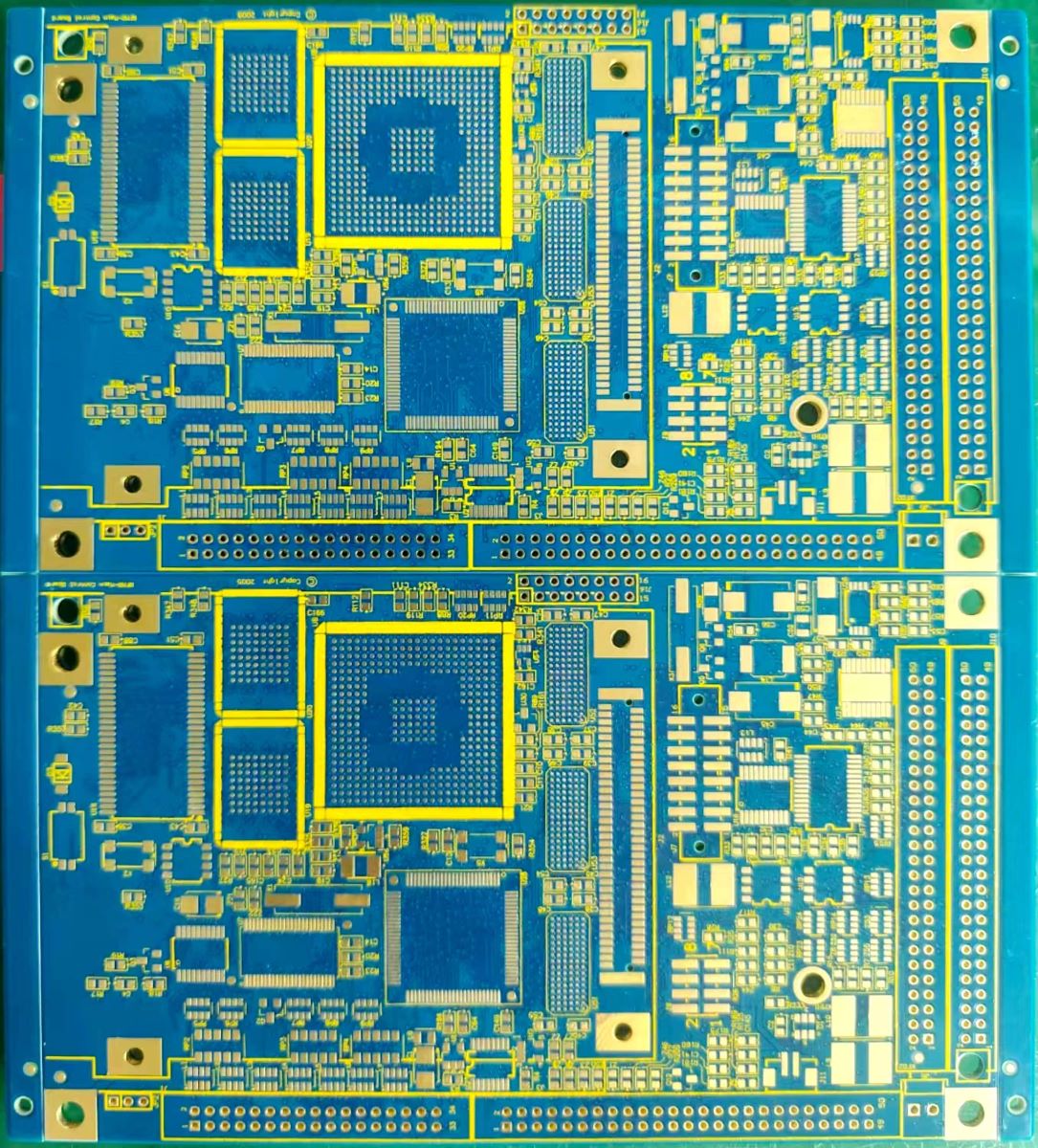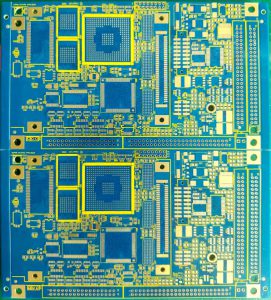 Well-known PCB supplier
Well-known PCB supplier
+86 13603063656

Gold, as a critical industrial raw material, plays an indispensable role in the production of PCBs (Printed Circuit Boards), particularly in ENIG (Electroless Nickel Immersion Gold) PCB manufacturing. With the continuous fluctuations in global economic conditions, the rising gold prices have significantly impacted PCB suppliers. This article explores the effects of gold price increases on the PCB industry, focusing on ENIG PCB production, and provides ahttps://www.pcbsupplier.com/ctionable strategies for PCB suppliers to mitigate these challenges.

The surge in gold prices has directly increased raw material costs for PCB suppliers, especially those specializing in ENIG PCB production. Gold is primarily used in two critical areas of PCB manufacturing:
For example, a PCB supplier producing 50,000 square meters of ENIG PCBs per month would see a significant cost increase when gold prices rise. When gold is priced at $1,800 per ounce, the cost of 1µm immersion gold for ENIG PCBs is about $14 per square meter. However, when gold prices climb to $2,800 per ounce, the cost increases to approximately $21 per square meter, reflecting a 50% rise in cost per unit area. This directly impacts PCB suppliers by increasing overall production expenses and reducing profit margins.
The rising costs inevitably trickle down the supply chain. PCB suppliers are often forced to pass on some of these increased costs to their customers, leading to higher prices for end products. For example, in smartphones, a rise in gold prices may increase the cost of a motherboard by $0.50 to $1 per unit. While this increase may seem minor, in large-scale production, it significantly affects overall profitability.
Supply Chain Instability: The uncertainty of gold prices has made negotiations between PCB suppliers and buyers more challenging. Long-term contracts become harder to secure, and smaller PCB suppliers may struggle to hedge against price fluctuations, leading to inventory adjustments and market instability.
Increased Cash Flow Pressure: ENIG PCB manufacturers must maintain a certain inventory of gold to ensure production continuity. Rising gold prices mean higher working capital requirements, which increases financial strain on manufacturers.
Shifts in Market Competition: Larger PCB suppliers with economies of scale and strong financial resources are better equipped to handle gold price fluctuations. In contrast, smaller ENIG PCB manufacturers face greater financial stress, potentially accelerating industry consolidation and increasing market concentration.
To mitigate the impact of rising gold prices, ENIG PCB suppliers can implement the following strategies:
PCB suppliers can reduce gold usage while maintaining high quality by improving electroplating techniques. For instance, selective plating technology allows gold to be used only in critical areas while alternative materials replace non-essential sections. While some manufacturers reduce costs by decreasing gold thickness, reputable ENIG PCB suppliers must uphold strict quality standards to maintain customer trust.
One effective way to reduce dependency on gold is by offering alternative surface treatments. A viable substitute is OSP (Organic Solderability Preservatives), which costs only $1.50 per square meter, significantly lower than ENIG’s $21 per square meter at high gold prices. Many computer motherboards and memory modules already use OSP for non-critical areas, making it a cost-effective alternative.
Other surface finish options include:
ENIG PCB suppliers can mitigate gold price risks by:
By expanding their portfolio beyond ENIG PCB manufacturing, PCB suppliers can reduce their reliance on gold-based processes. Offering non-gold-dependent PCBs, such as OSP or HASL-treated boards, allows suppliers to cater to a wider market and provide customers with cost-effective alternatives.
Despite the challenges posed by rising gold prices, the demand for high-reliability PCBs in industries such as automotive, aerospace, and medical devices continues to grow. This ensures a stable market for ENIG PCBs. However, manufacturers must balance cost optimization with quality assurance to remain competitive. The standard sequence for quality requirements is: customer specifications or requirements, IPC standards, and PCB supplier’s internal standards. IPC standards can be referenced on the official IPC website.
Key strategies for long-term success include:
Strengthening global partnerships to enhance supply chain resilience and secure competitive pricing.
Investing in advanced manufacturing technologies to enhance efficiency and reduce material waste.
Developing innovative plating techniques that minimize gold usage without compromising PCB quality.
Rising gold prices have undeniably impacted ENIG PCB suppliers, increasing production costs and creating supply chain challenges. However, through process optimization, material substitution, and supply chain management, PCB suppliers can effectively navigate these challenges.
For ENIG PCB manufacturers, maintaining a balance between cost efficiency and product quality is essential. By embracing alternative solutions like OSP and diversifying their offerings, PCB suppliers can not only survive but also thrive in an increasingly competitive market.
As the PCB industry continues to evolve, adaptability and innovation will be key drivers of success. Companies that strategically plan for gold price fluctuations and explore alternative materials will emerge as leaders in the global PCB supply chain.
Connect to a Jerico Multilayer PCB engineer to support your project!
Request A Quote